#wild persimmons
Text
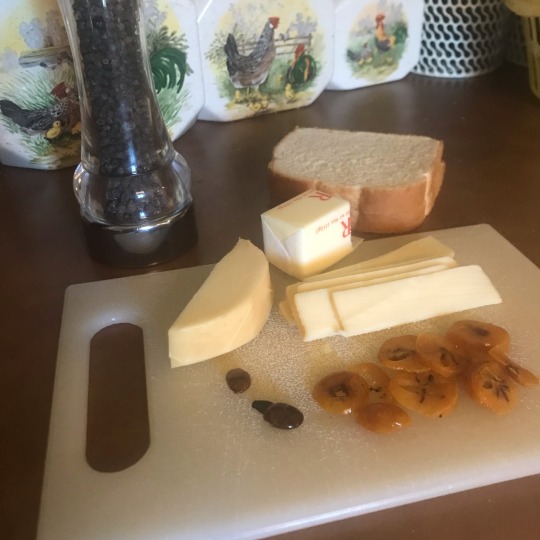
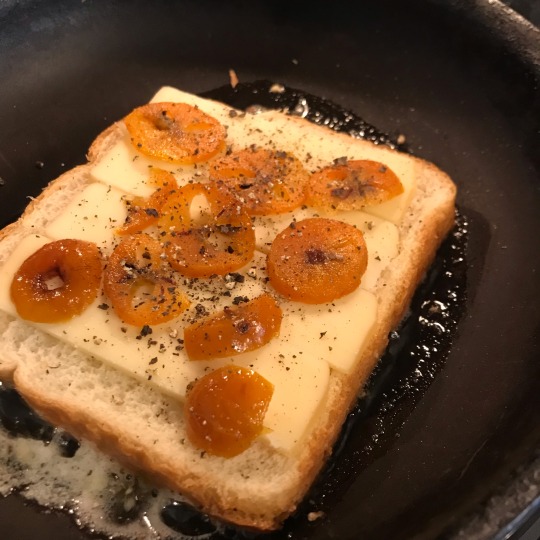
Another pickled persimmon dish—this time smoked Gouda, pickled persimmon, and cracked black pepper toasted cheese sandwich.
#porters posse 2022#Michaelmas#pickled persimmons#pickled plums#foraging#arkansas river valley#American persimmon#wild persimmons
35 notes
·
View notes
Text

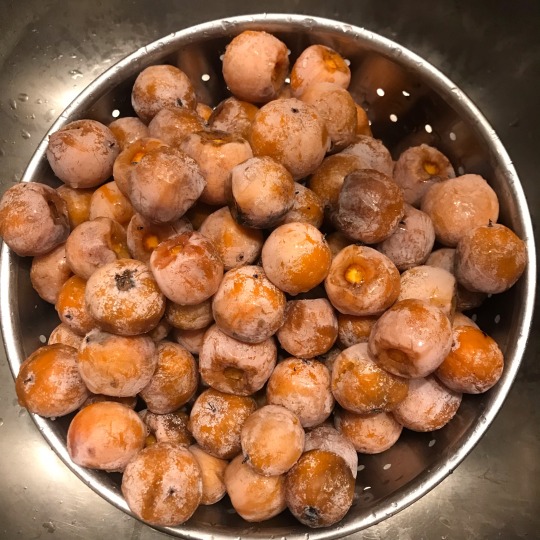
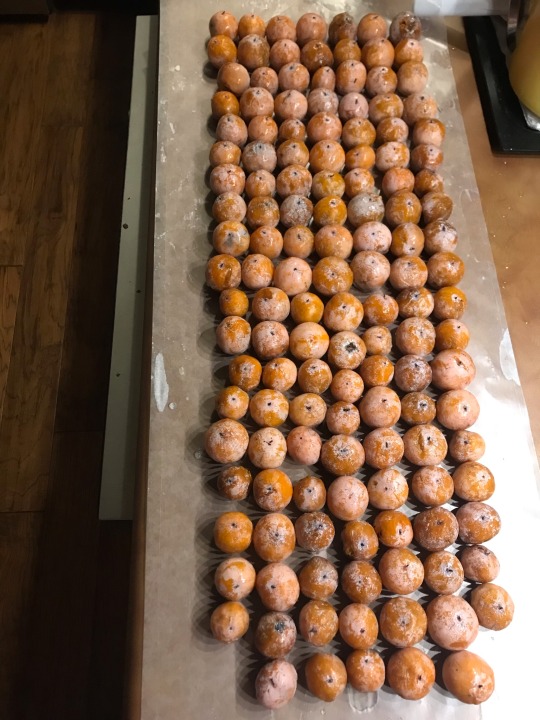


I adapted Porters Seasonal Celebrations pickled plums to persimmons. And not a single one split! — @pagan-stitches
23 notes
·
View notes
Video
Wild Persimmons (Diospyros Virginiana) by florjus
Via Flickr:
Wild Persimmons (Diospyros Virginiana)
#Wild Persimmons#Diospyros Virginiana#Trees#Fruit Trees#Native Trees#Deciduous#flickr#photographers on tumblr#fall#autumn
1 note
·
View note
Text


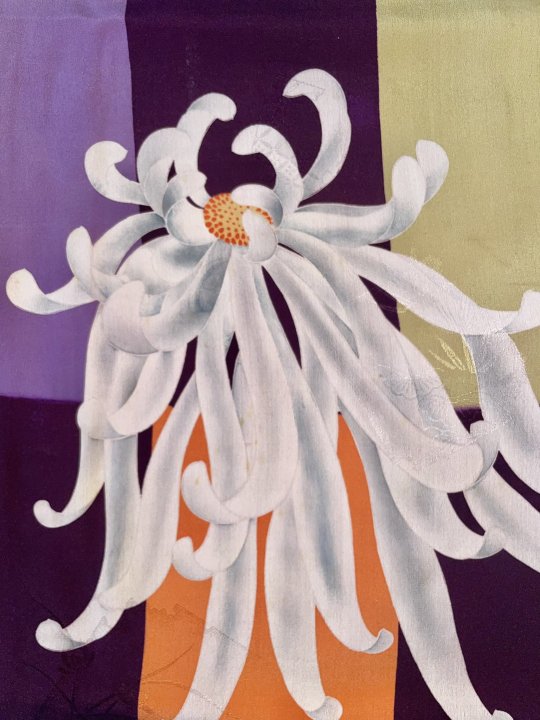

Pleasing color match for this antique outfit, featuring a purple and orange kimono with rangiku ("wild" chrysanthemum) and momiji (maple leave), paired with a kaki (persimmon) obi woven in sunny orange tones.
#japan#fashion#kimono#obi#kaki#persimmon#momiji#maple leave#rangiku#wild chrysanthemum#chrysanthemum#winter in japan#autumn in japan#着物#帯
420 notes
·
View notes
Text
Up Hickory Hollow
The massive shagbark hickory that gave Hickory Hollow its name when I was a child fell a long time ago, but there are still plenty of hickory trees there, and we still call it that.
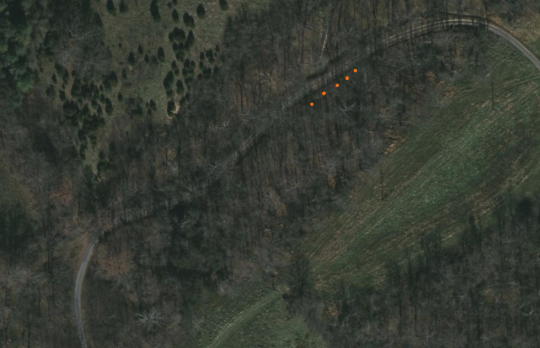
It is, roughly, an area of somewhat scruffy woods about 50 yards wide by 150 yards long, and a gravel road winds through it. That's where we've been cutting firewood (the orange dots), and where I found the oddball shelf fungus recently.
Further up, across a field and a bit beyond this map, is a huge sinkhole. The kind that could have swallowed a house. It used to be part of a pasture, when my father had cattle. Now it has mature trees growing in a ring around it, and lines of trees from the 2020 planting (with "tree tubes" to protect them) stretching away on either side.
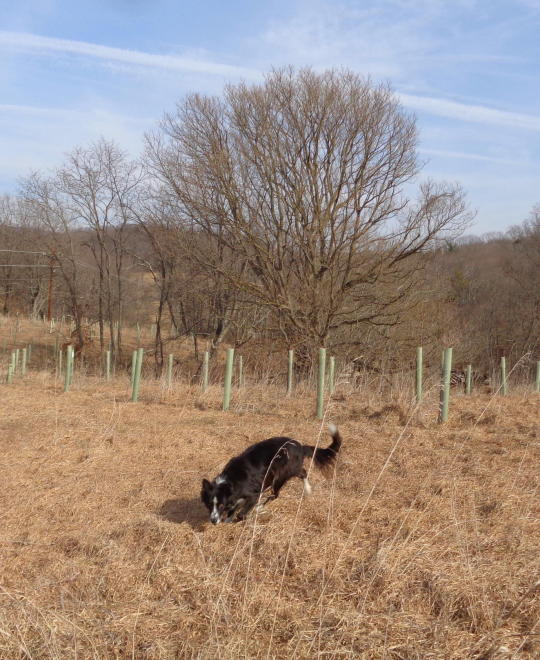
Where the land seems to dip, there, is actually a big hole that *must* be connected to a cave system of some kind, but it's too dangerous to poke around the bottom. It could collapse further with no warning. The smaller trees on the left are a group of about 5 persimmons. Diospyros virginiana, to be precise. They are wild, the fruits are much smaller than the domesticated ones you see in the market, and only edible after frost.

The grass is too tall under the trees to find the dropped ones easily. Hmm.

Bit by bit, she shinnied up there until she could shake the branches. Then I had to scamper about picking up the fruit. The fact that they're ugly does not mean that they are spoiled.

Inside, they are a deep orange color, mushy texture, and very sweet. Most of them will be left for the wildlife. I wouldn't mind getting some more trees started, though, and encouraging them to keep their lower limbs so they're more climbable.
The wikipedia article is a wild ride. Look for the part about persimmon bezoars!! eEEee
37 notes
·
View notes
Text
Holly Black really said "is she really a main character of an Elfhame book if she doesn't know how to FORAGE?" and she is correct
#Suren showing up back at camp with persimmons and dryad's saddle mushrooms and wild garilc and spicebush twigs MY BELOVED#the stolen heir#the stolen heir spoilers#elfhame#also:#the darkest part of the forest#(Hazel forages!)#and#folk of the air#(although Jude is mostly seen foraging poisons...)
167 notes
·
View notes
Text
oh my god and he used to be part of a friend group that never talked about their interests?? and he MISSES this. please take my hand i can show you the wonderful world of autistic friendship. you don't have to feel weird about indulging in your interests with other people <3 they want to listen
#ive missed some pretty shitty situations in my life#but i can't imagine not talking about my interests with my friends#i'm really quite fond of him but sometimes it feels like i'm domesticating a wild animal#me telling him reasonable social rules......#persimmon's rambles
3 notes
·
View notes
Text
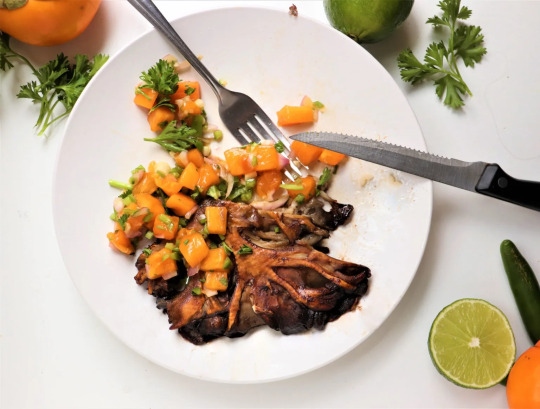
Seared Maitake Mushroom Steaks with Persimmon Salsa (Vegan)
#vegan#dinner#veganized#steak#dips#sauces#salsa#persimmon#mushrooms#wild foods#chili#shallots#garlic#lime#soy sauce#olive oil#mint#cilantro
20 notes
·
View notes
Text
We need transporter technology already so I can send these to everyone who wants to try them.
The pink color does not show up on camera unfortunately. but trust me it's there.

[ID: A photo of a ripe American persimmon being held up to the camera, missing its usual black four-pointed cap. The fruit is about the size of a golf ball, and transluscent orange, with some small black threads near the top where it was attached to the branch. End ID.]
#American persimmon#common persimmon#Diospyros virginiana#Rjalker takes pictures#wild fruit#wild edibles#wild foraging#idk#fruit#persimmon#diospyros
3 notes
·
View notes
Text
Friendly fandom reminder to take care of yourself this weekend! Get out of your head and go enjoy the sensations of the body. Meta can wait. The world won’t.
#I just checked the persimmon tree#picked some wild blackberries#and ate them fresh off the vine while a thunderstorm rolled in and a cool mist washed over me#10/10 nature experience#good omens#good omens 2
5 notes
·
View notes
Text
9 notes
·
View notes
Text

The first wild persimmon harvest of the year. Over 3 days under one tree I picked up 143 little fruits of which I deemed 138 were ripe (the leafy calyx at the top twisted off with no resistance). I ended up with 5lbs to start preserving and baking with for a mixture of @graveyarddirt ‘s September #haggingout and our @portersposse cooking challenge (I’ll be swapping out persimmons for plums in a couple of recipes).
Don’t they look like the sweetest tiny pumpkins!
34 notes
·
View notes
Text

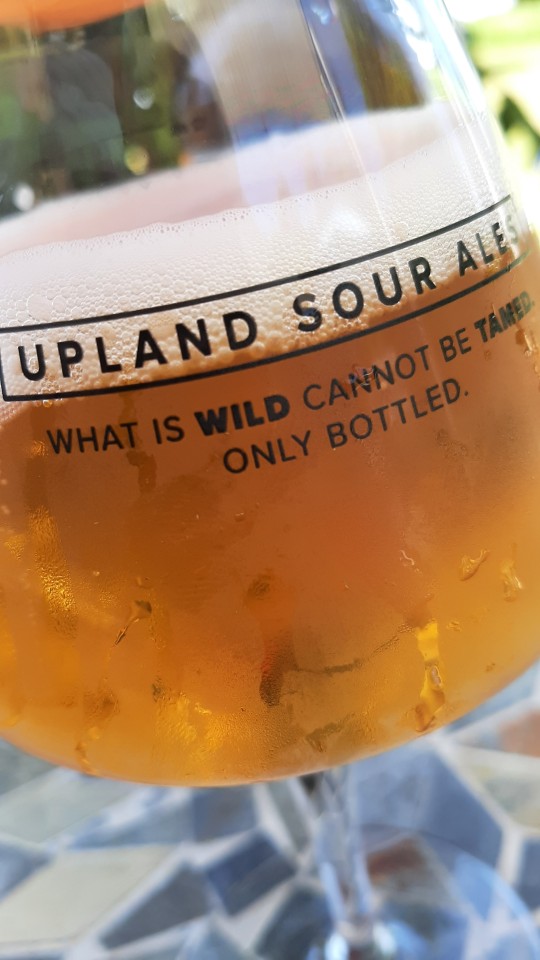

What is wild cannot be tamed...especially now she's half way from two to three and knows her own mind.
Rosie was here for two full days but now, she's on her way to her papaw's. Hope he's well-rested! Meanwhile D has gone off with our daughter to stay in Lexington for three days leaving me all alone on this shady patio with wild beer and my rarely wild play list for company. Bliss
9 notes
·
View notes
Text
Persimmon Cadaver
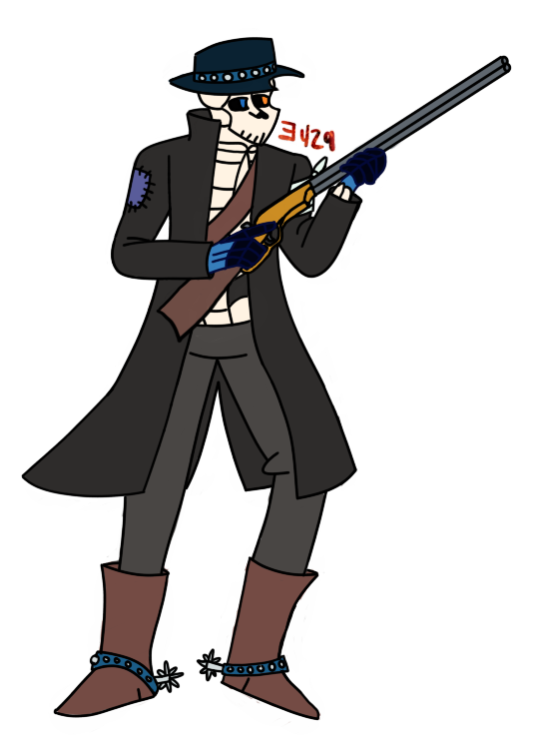
On an off note- I'd rather draw hands than hats ever again-
#art#artwork#artists on tumblr#my art#skeleton#digital art#indigo cadaver#western indigo cadaver#persimmon cadaver#cowboy#western#wild west#gun#tw gun#tw gun image#1860 henry repeater rifle#repeater rifle#rifle#error429 art
4 notes
·
View notes
Photo
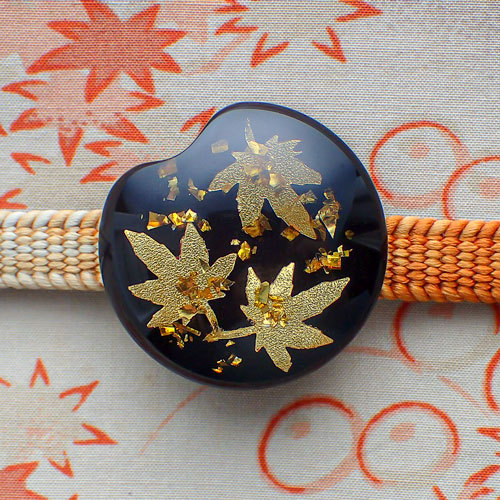



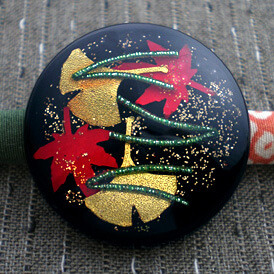

Autumn-themed obidome (obi brooch) by Four Seasons, shown here are :
momiji (maple leaves, here in makie-like style and amber-like resin)
inoshishi (wild boar, here with hagi/clover pattern)
ichougari (ginkgo shaped wild goose)
fukiyose (wind blown ginkgo+maple+pine)
kaki (persimmon)
#japan#fashion#kimono#obi#obidome#autumn in japan#momiji#maple leaves#inoshishi#wild boar#hagi#clover#icho#ginkgo#kari#wild goose#fukiyose#kaki#persimmon#着物#帯#帯止め
347 notes
·
View notes
Text
There, in the sunlit forest on a high ridgeline, was a tree I had never seen before.
I spend a lot of time looking at trees. I know my beech, sourwood, tulip poplar, sassafras and shagbark hickory. Appalachian forests have such a diverse tree community that for those who grew up in or around the ancient mountains, forests in other places feel curiously simple and flat.
Oaks: red, white, black, bur, scarlet, post, overcup, pin, chestnut, willow, chinkapin, and likely a few others I forgot. Shellbark, shagbark and pignut hickories. Sweetgum, serviceberry, hackberry, sycamore, holly, black walnut, white walnut, persimmon, Eastern redcedar, sugar maple, red maple, silver maple, striped maple, boxelder maple, black locust, stewartia, silverbell, Kentucky yellowwood, blackgum, black cherry, cucumber magnolia, umbrella magnolia, big-leaf magnolia, white pine, scrub pine, Eastern hemlock, redbud, flowering dogwood, yellow buckeye, white ash, witch hazel, pawpaw, linden, hornbeam, and I could continue, but y'all would never get free!
And yet, this tree is different.
We gather around the tree as though surrounding the feet of a prophet. Among the couple dozen of us, only a few are much younger than forty. Even one of the younger men, who smiles approvingly and compliments my sharp eye when I identify herbs along the trail, has gray streaking his beard. One older gentleman scales the steep ridge slowly, relying on a cane for support.
The older folks talk to us young folks with enthusiasm. They brighten when we can call plants and trees by name and list their virtues and importance. "You're right! That's Smilax." "Good eye!" "Do you know what this is?—Yes, Eupatorium, that's a pollinator's paradise." "Are you planning to study botany?"
The tree we have come to see is not like the tall and pillar-like oaks that surround us. It is still young, barely the diameter of a fence post. Its bark is gray and forms broad stripes like rivulets of water down smooth rock. Its smooth leaves are long, with thin pointed teeth along their edges. Some of the group carefully examine the bark down to the ground, but the tree is healthy and flourishing, for now.
This tree is among the last of its kind.
The wood of the American Chestnut was once used to craft both cradles and coffins, and thus it was known as the "cradle-to-grave tree." The tree that would hold you in entering this world and in leaving it would also sustain your body throughout your life: each tree produced a hundred pounds of edible nuts every winter, feeding humans and all the other creatures of the mountains. In the Appalachian Mountains, massive chestnut trees formed a third of the overstory of the forest, sometimes growing larger than six feet in diameter.
They are a keystone species, and this is my first time seeing one alive in the wild.
It's a sad story. But I have to tell you so you will understand.
At the turn of the 20th century, the chestnut trees of Appalachia were fundamental to life in this ecosystem, but something sinister had taken hold, accidentally imported from Asia. Cryphonectria parasitica is a pathogenic fungus that infects chestnut trees. It co-evolved with the Chinese chestnut, and therefore the Chinese chestnut is not bothered much by the fungus.
The American chestnut, unlike its Chinese sister, had no resistance whatsoever.
They showed us slides with photos of trees infected with the chestnut blight earlier. It looks like sickly orange insulation foam oozing through the bark of the trees. It looks like that orange powder that comes in boxes of Kraft mac and cheese. It looks wrong. It means death.
The chestnut plague was one of the worst ecological disasters ever to occur in this place—which is saying something. And almost no one is alive who remembers it. By the end of the 1940's, by the time my grandparents were born, approximately three to four billion American chestnut trees were dead.
The Queen of the Forest was functionally extinct. With her, at least seven moth species dependent on her as a host plant were lost forever, and no one knows how much else. She is a keystone species, and when the keystone that holds a structure in place is removed, everything falls.
Appalachia is still falling.
Now, in some places, mostly-dead trees tried to put up new sprouts. It was only a matter of time for those lingering sprouts of life.
But life, however weak, means hope.
I learned that once in a rare while, one of the surviving sprouts got lucky enough to successfully flower and produce a chestnut. And from that seed, a new tree could be grown. People searched for the still-living sprouts and gathered what few chestnuts could be produced, and began growing and breeding the trees.
Some people tried hybridizing American and Chinese chestnuts and then crossing the hybrids to produce purer American strains that might have some resistance to the disease. They did this for decades.
And yet, it wasn't enough. The hybrid trees were stronger, but not strong enough.
Extinction is inevitable. It's natural. There have been at least five mass extinctions in Earth's history, and the sixth is coming fast. Many people accepted that the American chestnut was gone forever. There had been an intensive breeding program, summoning all the natural forces of evolution to produce a tree that could survive the plague, and it wasn't enough.
This has happened to more species than can possibly be counted or mourned. And every species is forced to accept this reality.
Except one.
We are a difficult motherfucker of a species, aren't we? If every letter of the genome's book of life spelled doom for the Queen of the Forest, then we would write a new ending ourselves. Research teams worked to extract a gene from wheat and implant it in the American chestnut, in hopes of creating an American chestnut tree that could survive.
This project led to the Darling 58, the world's first genetically modified organism to be created for the purpose of release into the wild.
The Darling 58 chestnut is not immune, the presenters warned us. It does become infected with the blight. And some trees die. But some live.
And life means hope.
In isolated areas, some surviving American Chestnut trees have been discovered, most of them still very young. The researchers hope it is possible that some of these trees may have been spared not because of pure luck, but because they carry something in their genes that slows the blight in doing its deadly work, and that possibly this small bit of innate resistance can be shaped and combined with other efforts to create a tree that can live to grow old.
This long, desperate, multi-decade quest is what has brought us here. The tree before me is one such tree: a rare survivor. In this clearing, a number of other baby chestnut trees have been planted by human hands. They are hybrids of the Darling 58 and the best of the best Chinese/American hybrids. The little trees are as prepared for the blight as we can possibly make them at this time. It is still very possible that I will watch them die. Almost certainly, I will watch this tree die, the one that shades us with her young, stately limbs.
Some of the people standing around me are in their 70's or 80's, and yet, they have no memory of a world where the Queen of the Forest was at her full majesty. The oldest remember the haunting shapes of the colossal dead trees looming as if in silent judgment.
I am shaken by this realization. They will not live to see the baby trees grow old. The people who began the effort to save the American chestnut devoted decades of their lives to these little trees, knowing all the while they likely never would see them grow tall. Knowing they would not see the work finished. Knowing they wouldn't be able to be there to finish it. Knowing they wouldn't be certain if it could be finished.
When the work began, the technology to complete it did not exist. In the first decades after the great old trees were dead, genetic engineering was a fantasy.
But those that came before me had to imagine that there was some hope of a future. Hope set the foundation. Now that little spark of hope is a fragile flame, and the torch is being passed to the next generation.
When a keystone is removed, everything suffers. What happens when a keystone is put back into place? The caretakers of the American chestnut hope that when the Queen is restored, all of Appalachia will become more resilient and able to adapt to climate change.
Not only that, but this experiment in changing the course of evolution is teaching us lessons and skills that may be able to help us save other species.
It's just one tree—but it's never just one tree. It's a bear successfully raising cubs, chestnut bread being served at a Cherokee festival, carbon being removed from the atmosphere and returned to the Earth, a wealth of nectar being produced for pollinators, scientific insights into how to save a species from a deadly pathogen, a baby cradle being shaped in the skilled hands of an Appalachian crafter. It's everything.
Despair is individual; hope is an ecosystem. Despair is a wall that shuts out everything; hope is seeing through a crack in that wall and catching a glimpse of a single tree, and devoting your life to chiseling through the wall towards that tree, even if you know you will never reach it yourself.
An old man points to a shaft of light through the darkness we are both in, toward a crack in the wall. "Do you see it too?" he says. I look, and on the other side I see a young forest full of sunlight, with limber, pole-size chestnut trees growing toward the canopy among the old oaks and hickories. The chestnut trees are in bloom with fuzzy spikes of creamy white, and bumblebees heavy with pollen move among them. I tell the man what I see, and he smiles.
"When I was your age, that crack was so narrow, all I could see was a single little sapling on the forest floor," he says. "I've been chipping away at it all my life. Maybe your generation will be the one to finally reach the other side."
Hope is a great work that takes a lifetime. It is the hardest thing we are asked to do, and the most essential.
I am trying to show you a glimpse of the other side. Do you see it too?
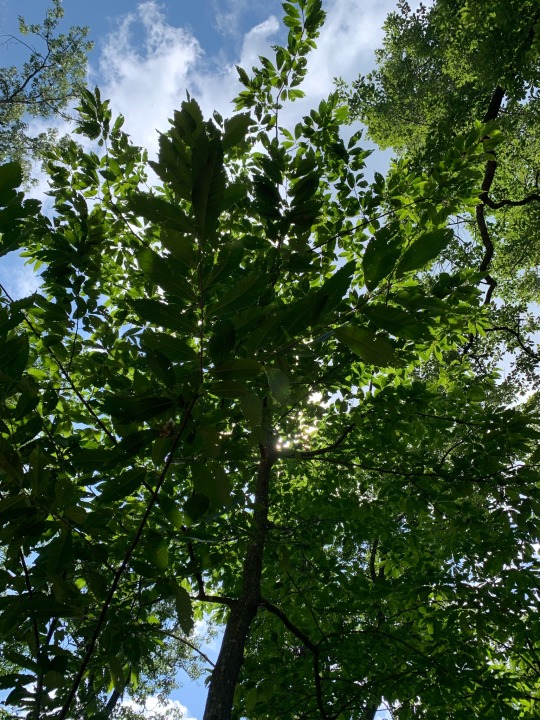
#american chestnut#hope#climate change#biodiversity crisis#climate crisis#trees#plantarchy#learning to imagine the future
3K notes
·
View notes